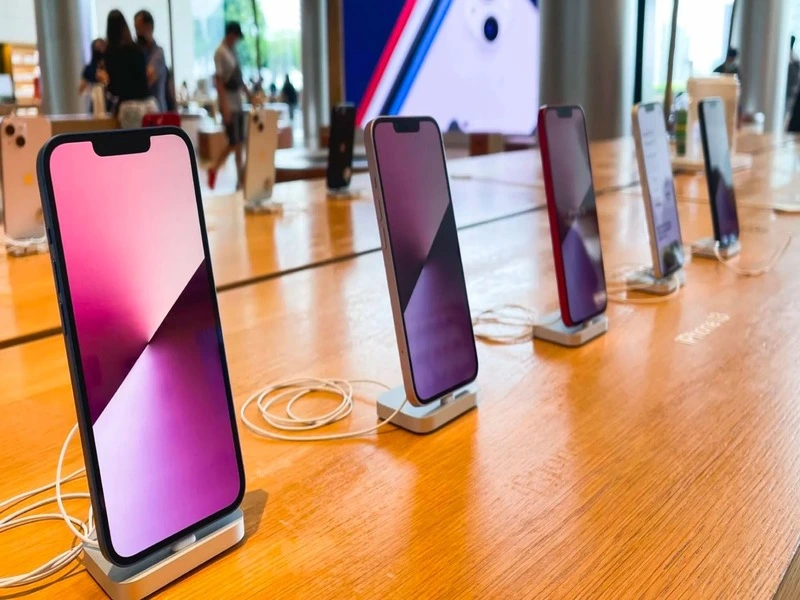
Dive Into Advanced – Apple is reportedly preparing for a significant shift by transitioning all of its iPhone models to OLED displays, including the more budget-friendly iPhone SE.
According to a report from Nikkei, as cited by Gizchina on September 8, 2024, Apple is expected to completely phase out LCD screens for its iPhone lineup by next year.
This transition marks a major shift in Apple’s display strategy, as OLED technology, known for its advanced features, will replace LCD screens.
This move is anticipated to affect two major Japanese suppliers, Display Inc. (JDI) and Sharp, both of which have historically dominated Apple’s display supply chain.
About a decade ago, these companies held a 70% share of the iPhone display market. However, their role has dwindled to supplying LCD screens only for the iPhone SE. With this upcoming change, their involvement in iPhone production is likely to diminish.
In contrast, Apple has started procuring OLED displays from Chinese and South Korean firms such as BOE Technology Group and LG Display. These companies are now the primary suppliers of OLED screens for high-end iPhone models.
Samsung, also a South Korean company, currently controls approximately 50% of the OLED display market for iPhones, with LG Display at 30% and BOE at 20%.
Thus, Apple’s plan to adopt OLED screens across all iPhone models signifies a complete shift towards suppliers from South Korea and China.
OLED displays are renowned for their ability to produce sharper contrasts and more vibrant colors compared to LCDs. Unlike LCDs, OLED screens do not require a backlight, as they use organic compounds that emit their own light. This results in a superior visual experience, particularly beneficial for watching movies, gaming, or viewing photos.
“Facing Cyber Threats: How You Can Enhance Online Security”
Apple first introduced OLED technology with the iPhone X in 2017. Marking the beginning of the transition from LCD to OLED in its product lineup. Since then, OLED has been featured in higher-end iPhone models. Starting next year, this technology will be incorporated into all iPhone models, including the more affordable iPhone SE.
This shift presents a challenge for LCD suppliers like JDI and Sharp. In 2015, they provided nearly 200 million LCD panels annually for iPhones, but this number has plummeted to around 20 million in 2023.
JDI has been facing financial losses for ten consecutive years. Although they are currently developing energy-efficient OLED technology, their OLED screens are mainly used for products like the Apple Watch.
On the other hand, the OLED display market continues to grow rapidly. Research by UK-based Omdia indicates that, for the first time, OLED panel shipments for smartphones are expected to surpass those for LCDs this year. This surge is driven by the superior image quality and consumer preference for high-quality screens.
The full transition to OLED represents a significant step for Apple and is set to become the new standard in the smartphone industry. South Korean and Chinese OLED suppliers are likely to benefit greatly. While traditional LCD suppliers like JDI and Sharp will need to adapt their strategies to stay relevant in the market.
“The Complete Information From Wikipedia About OLED Display”